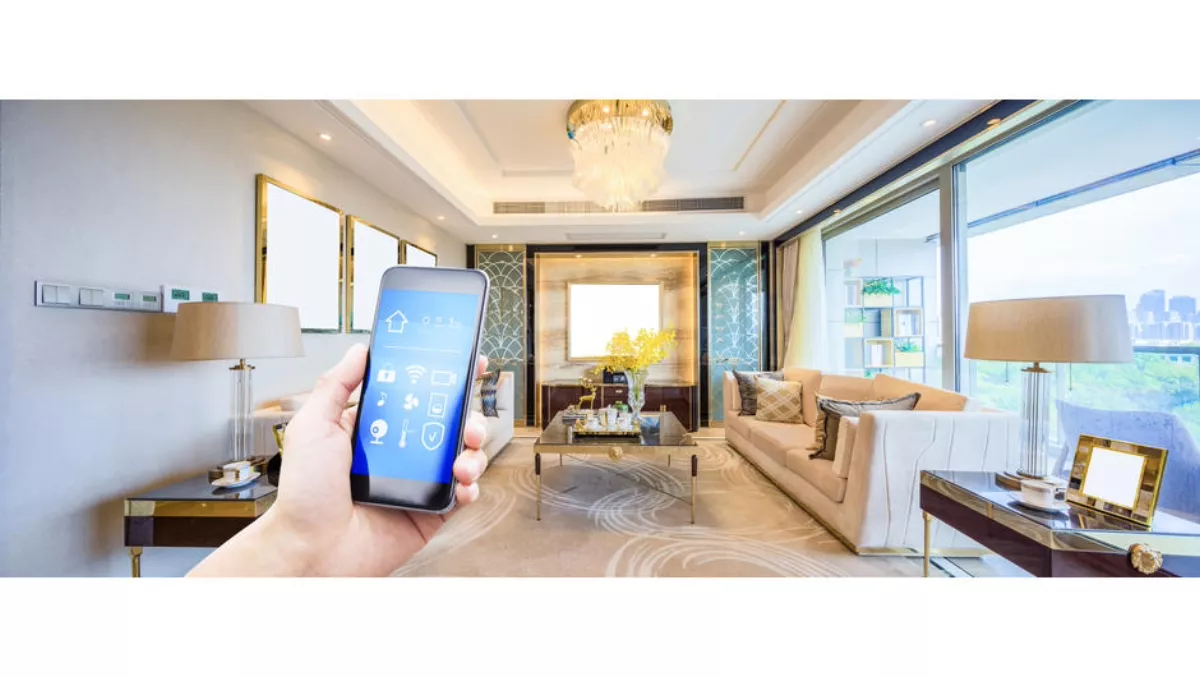
The opportunity in smart home devices will continue to grow, according to results from IDC's newest Tracker research programme.
The Worldwide Quarterly Smart Home Device Tracker focuses on market sizing and forecasting of IP-connected devices used in the home.
In 2017, 433.1 million smart home devices were shipped worldwide, growing 27.6% from the previous year and IDC anticipates a compound annual growth rate of 18.5% as the market balloons to 939.7 million devices shipped in 2022.
Within the smart home market, the smart speaker category, which includes devices like the Amazon Echo and Google Home, will remain the fastest-growing category throughout the forecast.
Meanwhile, shipments for most other categories, with the exception of video entertainment products, will experience a double-digit CAGR during the same period.
"The smart home market is still in its infancy but we're already seeing some significant changes in consumers' and vendors' approach," says IDC Mobile Device Trackers senior analyst Jitesh Ubrani.
"There's less of a focus on having a central hub and apps as the centre of the interface as hardware makers race to create interoperability with smart assistants like Alexa, Siri, or Google Assistant. On the other hand, consumers, while still somewhat hesitant to anthropomorphise smart assistants, are beginning to expect a more natural user interface to the myriad of smart home devices."
IDC consumer IoT programme senior research analyst Adam Wright adds, "While it's still early days for the smart home market – and the wider consumer IoT ecosystem in general – we expect to see considerable growth over the next few years, especially as consumers become more aware of and increasingly interact with smart assistant platforms like Amazon's Alexa and Google Assistant.
"Whether in the form of a smart speaker or embedded in a thermostat, fridge, TV, or any other device, smart assistants are quickly becoming the cornerstone of consumer IoT by enhancing the accessibility, use, and functionality of connected devices, which will noticeably boost adoption rates in the near future."
Video entertainment devices are expected to capture around three-quarters of the dollar value of the entire smart home market as the average sale price (ASP) for TVs will be among the highest.
Leaders in the TV category during 2017 were Samsung and LG while category leaders for digital media adapters during the same period were, in order, Amazon, Google, and Roku.
IDC expects that home monitoring/security will remain the second largest category in terms of unit shipments through 2022 as products become easier to deploy in the home and will not require consumers to have a "DIY attitude" to integrate these products with their smart assistants and other devices.
